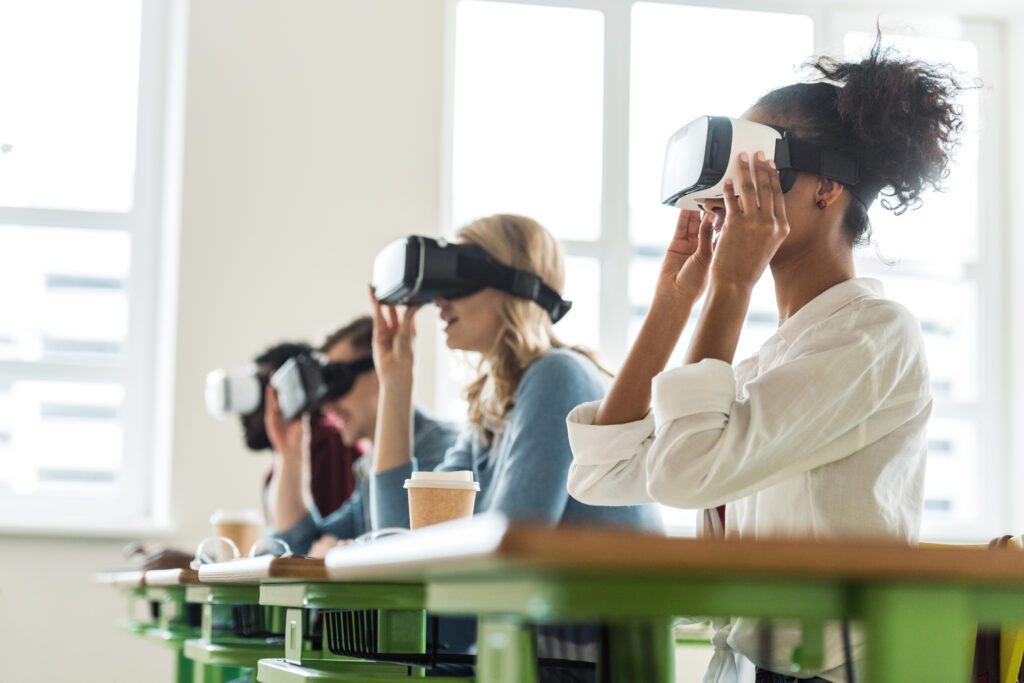Virtual reality is transforming how we work, play, and connect, but not everyone experiences it the same way. A recent global survey on gender differences in VR use reveals stark contrasts in headset fit by gender affecting both comfort and rates of cybersickness. These insights, along with others outlined in a recent ULSE report, can help inform more inclusive designs for VR headsets and drive consideration of gender in standards development.
Why Do Gender Differences in Comfort and Engagement Matter?
Men and women often report distinct experiences when using VR headsets – differences that can affect everything from session length to overall satisfaction.
For example, within the first ten minutes of use, 52% of women report stomach awareness and 48% report nausea, both at higher rates than men. Headaches are also more common, with 14% of women experiencing them during every VR usage session, compared to only 6% of men.
By recognizing and understanding these variations, standards development organizations can help ensure VR products are designed for safety, comfort, and an engaging experience for all users.
Women Are More Likely Adjust VR Headset Fit — But Discomfort Is Common for All Users
Women Face Earlier Onset and Greater Severity of Cybersickness Symptoms
- Early onset nausea: 48% of women report experiencing nausea during VR use versus 35% of men.
- Vertigo and dizziness: Reported by 47% of women (6% at a severe level) versus 30% of men (2% at a severe level).
- Clinically concerning severity: 17% of women fall into the “concerning” range on a Total Severity Score — a standard measure of sickness calculated using a subset of symptoms elicited by VR use — versus 8% of men.
Men and Women Are Equally Engaged on Weekly Usage, But Men Report Longer Sessions
- Weekly engagement is consistent: Forty-seven percent of men and 45% of women say they use VR at least once per week. Extended sessions (i.e., 1–2 hours) appear to be more common among men (30%) than women (20%).
ULSE team members Anna Schnerre, lead quantitative insights analyst, and Alex Baria, senior data scientist, led the research and analysis contributions to this article.
